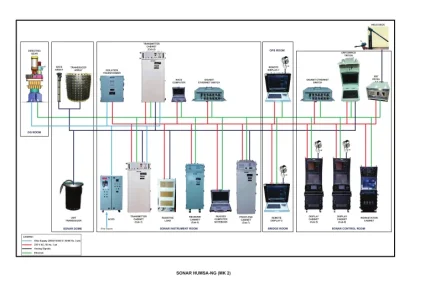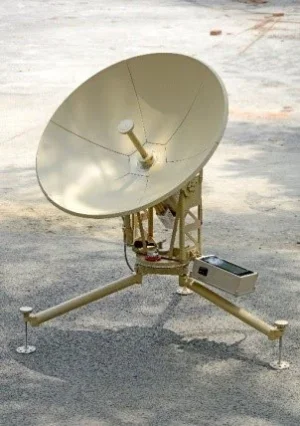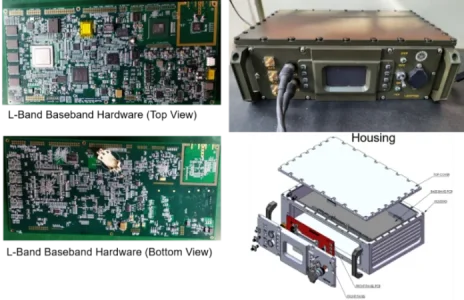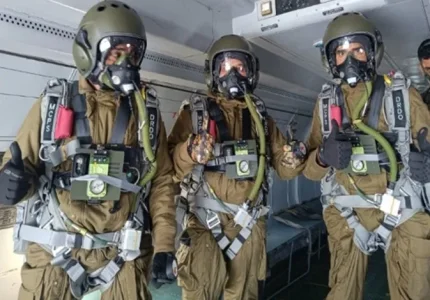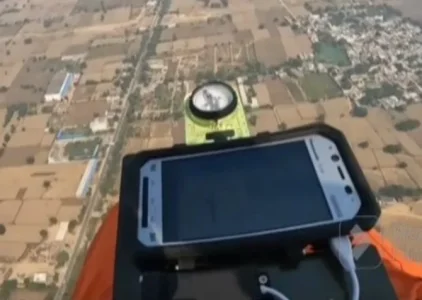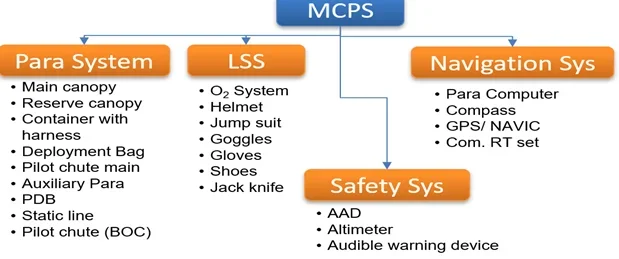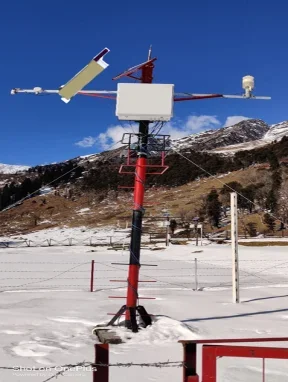HUMSA-NG (MK 2)
HUMSA-NG (MK 2) is the fourth generation ship-borne, hull mounted, active cum passive Sonar system designed and developed by Naval Physical and Oceanographic Laboratory (NPOL), Kochi and productionised by Bharat Electronics Limited (BEL), Bangalore for Indian Naval ships.
Simultaneous active as well as passive mode of operation.
Two display consoles with high resolution multi-function displays.
Conventional & Adaptive Processing techniques for processing.
Tactical Page in HMI with Radar/Sonar tracks with chart underlay.
Active and Passive Track for 8 targets.
History up to 60 minutes in passive mode
Narrow band/broadband/DEMON analysis, processing and display, in the operator selectable frequency band for passive.
Display format presentation under different time constants.
Spectrum, DEMON for the tracked passive targets.
Integrated XBT operation (Workstation & Sonar HMI).
Digital Data Recording (DDR) for both active and passive channels.
Workstation with facility for Record/Replay/Classifier Library management tools
SPMS (Sonar Performance Modelling System) module for estimation of Sonar performance before hand
NACS (Near Filed Acoustic System) and DG (Directing Gear) for calibration and maintenance of transducer array
Video and Audio recording in Display Consoles
Active Range up to 40 km
Active Medium frequency operation and passive operating range up to 10kHz
Automated detection of torpedoes.
Creation and Updation of target libraries.
Contact Motion Analysis (CMA) for active, passive targets. Usefulness of Passive CMA feature needs re-looking considering the tactical point of view.
Constant Beam Tilt for environmental adaptability.
Beam stabilization to compensate for platform motion.
Interface with ship systems such as Fire Control, Ship house holding data.
Ambient and self-noise measurement capabilities (as a function of amplitude, frequency and bearing).
Automatic fault diagnostic and localization capabilities.
Bi-static operation capability
Provision for operator selectable/automatic, beam tilt, based on reverberation levels.
Online decision support tools to aid the operator in selecting, the best combination of system parameters.
Integrated UWT operation
Simulator for checking the system (noise and signal generator unit).
PRCM (Portable record and classifier module) for recording and analysing data offshore.
